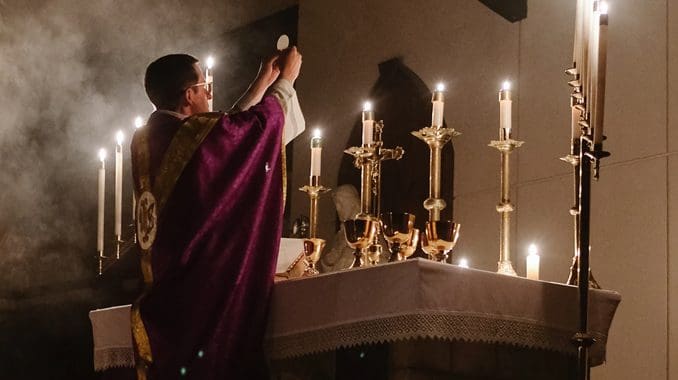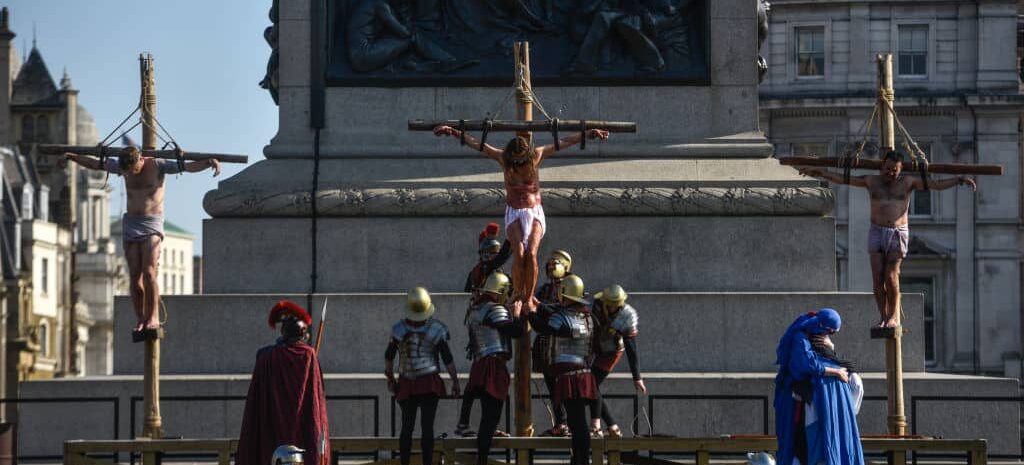Candles are a bit like angels: The secular world seems to have acquired a taste for them as the Church seems to be going in the opposite direction. Admittedly, the analogy limps: Candles haven’t been eclipsed in churches the way talk of angels (good and, especially, bad) has.
Think of the proliferation of candles in homes, both scented (perhaps another reminder that people like “smells and bells”) and unscented. They’re clearly not utilitarian: electrification has triumphed, and even if Thomas Edison’s incandescent invention has been banned in the name of “climate change,” there’s something about the light of a candle that your energy-efficient light-emitting diode can’t replicate. (I profess no awareness of whether your candle might someday be confiscated due to its carbon-emitting wick-print.)
Yes, people are attracted by candles. There’s a reason why liturgies such as Tenebrae and the Service of Light at the start of the Easter Vigil make deep impressions on us. But there is a utilitarian aspect to candles as well, which many Catholics have forgotten, one deserving attention as the Church celebrates the Feast of the Presentation of the Lord on February 2.
Once upon a time, Catholics showed up at church on that day because it was Candlemas, when the priest blessed candles. (He still does.) Catholics brought those blessed candles home as sacramentals, and they were common features in their homes, along with pictures of the Sacred Heart and Our Lady, a crucifix behind which palms were kept from one Lent to another, and holy water.
What were those candles for? One item regularly found in Catholic homes (as recently as two generations ago in the United States) was the “sick kit.” It was a wall crucifix, but its front slid open to reveal a hollowed-out space that stored two small candles and a little flask of holy water. When the front was removed, the crucifix could be stood up perpendicularly in the cross base, which had two holders in the crossbeam for the candles. As the name implies, the sick kit was taken out when a household member was ill or dying.
Yes, once upon a time people died in their homes, not only in hospitals or assisted-living facilities. And priests would come to the homes of the dying to bring them the “Last Sacraments” — Confession, Anointing, and Communion. The cross, candles, and holy water of the sick kit provided the basic furnishings that gave the visit a “spiritual” atmosphere.
Sometimes the person being visited wasn’t immediately dying but was simply incapacitated by old age, unable to go to Mass. It was not uncommon for the parish priest to visit those “shut-ins,” usually on the First Friday of the month, to bring them the sacraments.
What has happened to the “sick call”?
In some parishes…
Continue reading at New Oxford Review



